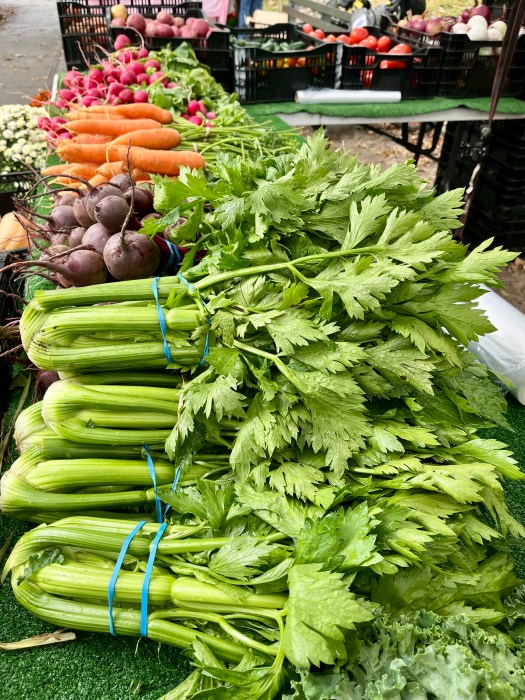Martinique, an island in the Lesser Antilles studded with green mountains, lush rainforest and clear sea, is ideal for divers, hikers, beach bums and foodies. Despite all it has to offer, the “Isle of Flowers” is remarkably still under the radar of U.S. tourists. For a sedate, safe and stunning respite from Manhattan’s hustle and bustle, consider this island gem.
EXPLORE THE SCENERY
Here are some of the ways to experience Martinique’s natural beauty:
On foot: Two-thirds of the country has been designated as a nature preserve, including Montagne Pelée (Bald Mountain), which notably erupted in 1902, decimating the then capital, St. Pierre, and killing an estimated 30,000 people. Today, the volcano is dormant. Take a four-hour hike up the volcano, fueling up at L’Auberge de la Montagne Pelee, a restaurant at its base.
By kayak: A novel way to explore Martinique’s stunning scenery is by kayak. At Le Vauclin, along the southeastern coast, follow guides from Fleur d’O on an ecotourism tour. Paddle in glass bottom “pirogues,” or canoes, through the Atlantic Ocean, past mangroves and sand bars, before a respite on a tiny island, where rum punch and accra — or codfish fritters — await.
By car: Ride through St. Joseph’s parish, home of the “Riviere Salée,” or Salt River, considered the breadbasket of the country because of its abundance of banana plantations, pineapple orchards and fields of sugar cane. Your hotel can arrange a driver.
By catamaran: Spend the day sailing on “La Créole Cata,” around the massive Diamond Rock preserve, then snorkeling off the northern coast, where you could see 100 feet down. From there you can see a beach where volcanic ash turned its sand black, and a bat cave.
Underwater: Martinique’s coral reefs, clear water and abundance of aquatic life make it a perfect diving spot. Spend a morning diving with Aliotis Plongee Martinique and look for anemone, urchins, starfish, sea sponges and several species of fish.
FOOD AND BOOZE
Martinique’s fusion French-Caribbean food scene sets it apart from other islands in the West Indies. A standout is Guy Ferdinand’s Le Petibonum in Le Carbet. Known around the island as “Chef Hot Pants” because of his love of cooking in skimpy shorts, Ferdinand whips up jumbo langoustines with a gratin of christophine — a local gourd veggie — right in front of diners on the beach. Le Kano, a beachfront restaurant in Trois Ilets that turns into a nightclub, is another highlight. Come for dinner and stay for the zouk dance party afterwards.
Martinique is renowned for its “rhum agricole,” and there are about a half dozen rum distilleries on the island. One standout is Domaine La Mauny in Riviere-Pilote, where sugar cane is harvested from surrounding fields and transformed into delicious booze. At the island’s capital, Fort-de-France, and its covered market, you can also snag well-priced fruit liquors, such as Planters Punch and guava-spiked rum for less than $10 each.
WHERE TO STAY
Hotel Bakoua in Trois Ilets, a four-star hotel on a bay overlooking Fort-de-France, is centrally located. After a day’s sightseeing, relax in the hotel’s open air bar, listen to the house band and enjoy a “Ti Punch” before retiring to a well-appointed beachfront room. A French buffet breakfast is included.
Cap Est Lagoon Resort and Spa in Le Francois is one of the more luxurious hotels in Martinique. The 50-suite boutique hotel is the only five-star accommodation on the island.
If exploring Ilet Oscar, a tiny island that’s a 10-minute boat ride off Martinique’s coast, stay at La Maison de L’Ilet Oscar, a historic home that’s been converted into a bed and breakfast.































